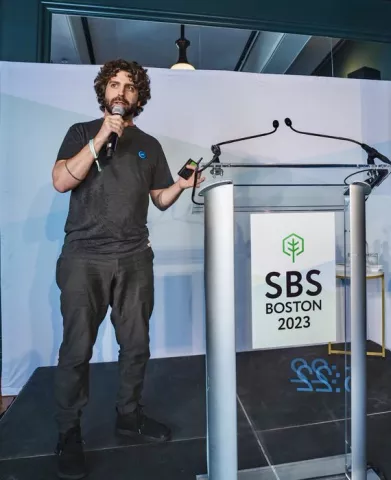In the future I'd like to develop the protocol so the full lifecycle of exchange is better supported and easier for Farmers Joe or Jane, for example, to sell their RECs. Beyond that, the main goal of the project was to develop a secure and scalable toolset that can manage grid-connected assets like batteries, EV chargers, heat pumps, etc.
With the initial work done and showing promise we're demonstrating what interoperability looks like with blockchain enabled contract automation. In the next phase I'd like to show how we can reduce our overall carbon emissions by leveraging many assets, together, to more efficiently power our local grid, manage loads, report on impact and direct financial savings to our communities.


